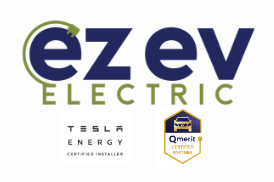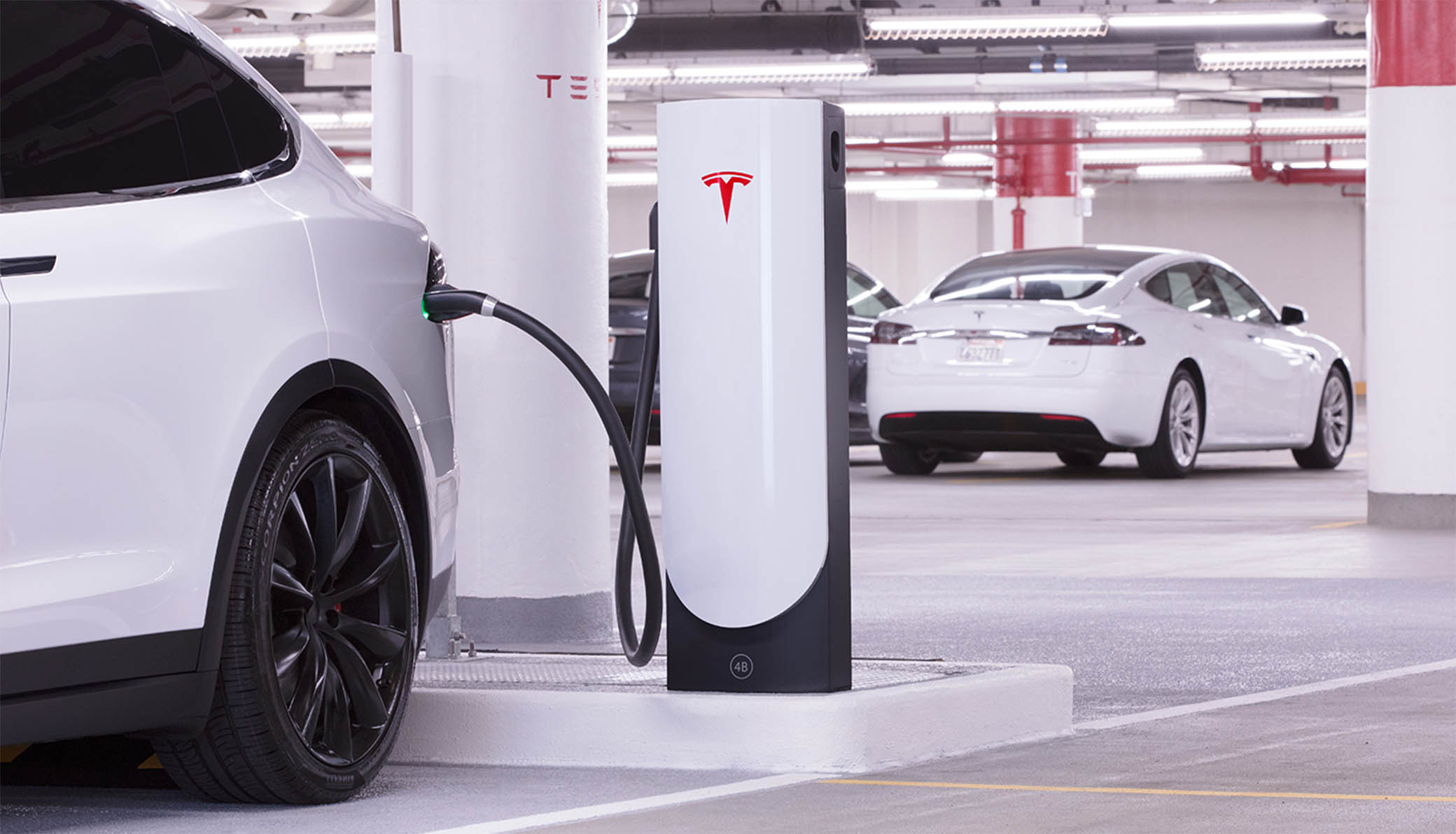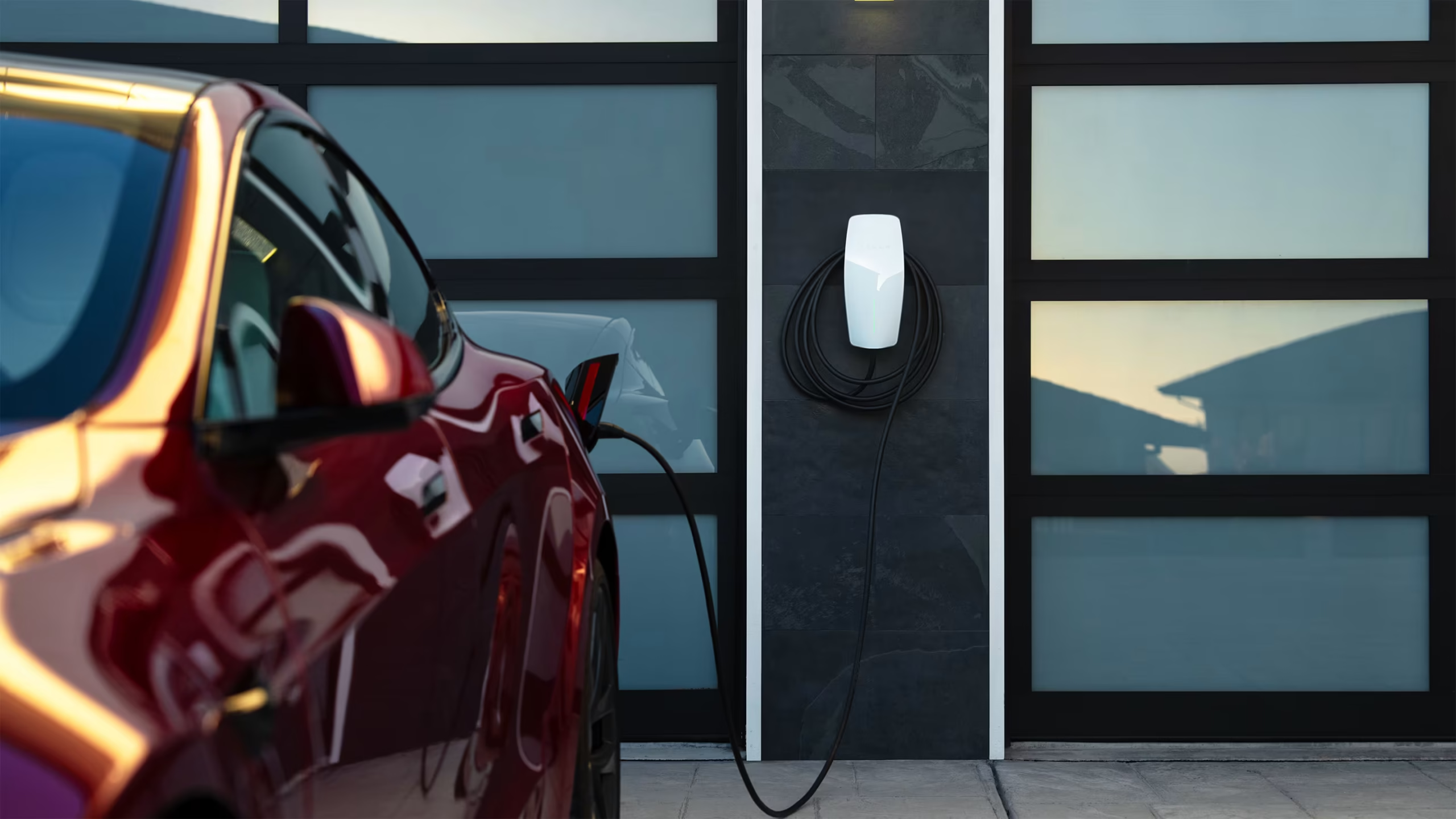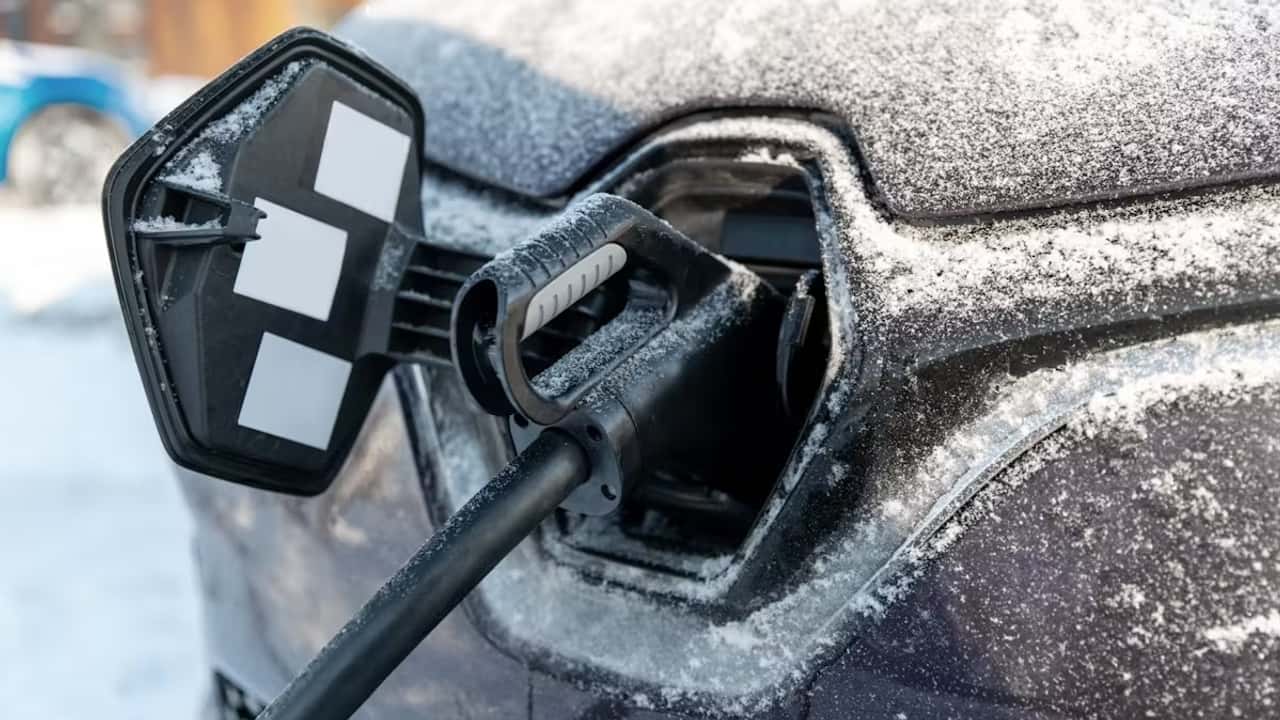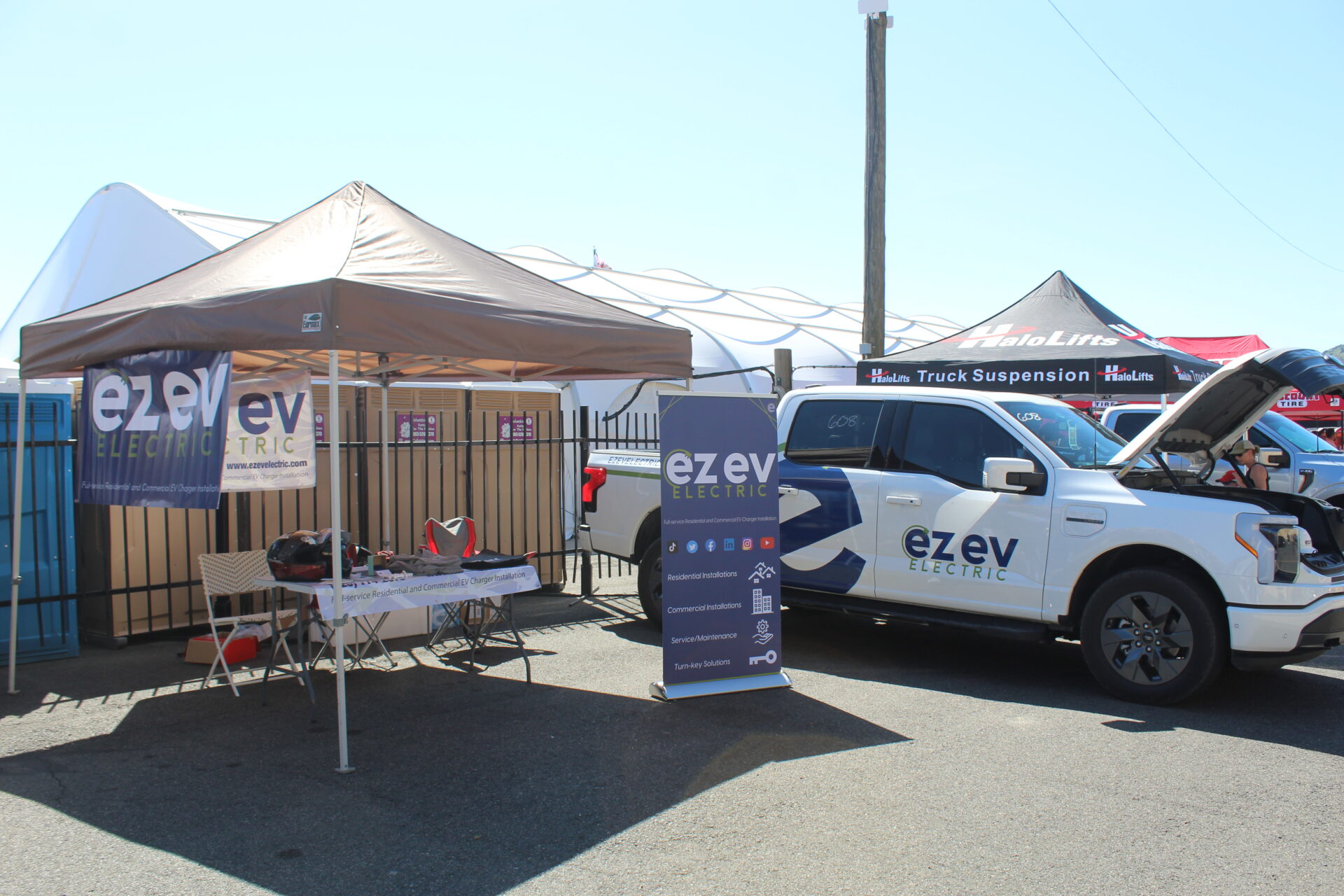Of course, buying Tesla is an exciting experience. But this experience is likely to last unless you realize that you are living in an older home. And many older homes, especially those built in the 1980s, have an electrical system designed for much lower power demands. It leads to an important question: Can my existing electrical system handle the demands of charging my new electric vehicle?
Modern homes are generally equipped with electrical systems designed for higher power consumption. The owners of older homes may require an electrical upgrade to safely and efficiently install a Tesla charger at home.
This is where you need the expertise of a qualified electrician for Tesla charger installation. Let’s understand the key considerations and steps involved in preparing your older home for your Tesla charger.
Get to Know Your Home’s Electrical System
First things first, to install a Tesla charger at home, understand your home’s electrical setup. Take note of the main electrical panel, also known as the breaker box or service panel. It is the heart of your home’s electrical system. This is where the electricity enters the home and gets distributed to all your outlets, lights, and appliances.
Here’s what you need to check:
Service Amperage
The service amperage is an important indication to learn how much electricity your home can handle at once. This number is usually on the main breaker in your electrical panel. It might read 60 amps, 100 amps, 150 amps, or 200 amps.
Most modern homes have 200-amp service, but older homes might have as little as 60 or 100 amps. A Tesla Model 3 charger installation, for example, requires a significant amount of power, and a low-amperage panel might not be able to handle it alongside your other household needs.
Breaker Space
A new circuit is also required to install a Tesla charger. If your panel already has many breakers regulating individual circuits for things like kitchen or bedroom outlets, you may need to upgrade to a larger panel with more space.
Wiring Condition
Older properties often have outdated wiring, such as knob-and-tube or aluminum wiring. These wirings are likely to degrade over time. They are not able to handle the high power demands of a Tesla charger. A licensed Tesla electrician inspects your wiring to determine its efficiency in handling the load.
Step 2: Understand Tesla Charging Options
Tesla comes with two main charging solutions: the Tesla Wall Connector (a Level 2 charger) and the Tesla Mobile Connector (which can be used for Level 1 or Level 2 charging). Each has different electrical requirements, so let’s break them down:
Tesla Wall Connector (Level 2 Charging)
The Tesla Wall Connector is considered the gold standard for rapid, reliable charging at home. It is a hardwired charger connecting directly to your electrical panel and delivers up to 44 miles of range per hour. However, it depends on your Tesla model and the charger’s settings. This is great for overnight charging,
However, it requires a 240-volt circuit, putting a significant load on your electrical system. Upgrade will be important for dated panels or wiring.
Tesla Mobile Connector (Level 1 or Level 2 Charging)
Tesla comes with a portable charger known as the Tesla Mobile Connector. It can plug into a standard 120-volt household outlet (Level 1 charging) or a 240-volt outlet (Level 2 charging) with the right adapter. However, Level 1 Charging is slow as it adds about 3 to 5 miles of range per hour. So, it is an ideal option if you drive short distances daily. For faster charging, you can buy a 240-volt outlet (like a NEMA 14-50, commonly used for RVs or dryers) to get Level 2 charging speeds similar to the Wall Connector. However, Tesla Mobile Charger installation still requires a dedicated 240-volt circuit to avoid overloading shared circuits.
Step 3: Why You Need a Licensed Electrician
You might be tempted to try a DIY installation, but installing a Tesla charger—especially in an older home—is not a job for amateurs. A licensed electrician for Tesla charger installation is essential for safety, compliance, and peace of mind. Here’s what they’ll do:
Assess Your Electrical System
The electrician will examine your panel, wiring, and overall electrical capacity to determine if it can support a Tesla charger. They’ll check for issues like outdated wiring or overloaded circuits.
Perform a Load Calculation
This is a detailed analysis of how much electricity your home uses at peak times (think running the AC, oven, and lights all at once). The electrician will calculate whether your system can handle the additional load of a Tesla charger without tripping breakers or causing safety issues.
Recommend Upgrades
If your electrical system isn’t up to par, the electrician might suggest one or more of the following:
- Panel Upgrade: If your panel is too small (e.g., 60 or 100 amps), you may need to upgrade to a 200-amp panel to accommodate a Tesla charger.
- Dedicated Circuit: A 240-volt circuit specifically for the charger, with appropriately sized wiring and breakers.
- Wiring Replacement: If your home has old or unsafe wiring, it may need to be replaced to handle the charger’s power demands safely.
Ensure Compliance
Electrical work must meet local building codes and safety standards. A licensed electrician will ensure your installation is code-compliant, which is critical for safety and maintaining your home insurance coverage.
Set Up the Tesla Mobile Connector
If you’re using the Tesla Mobile Connector with a 240-volt outlet, the electrician will install a dedicated outlet (like a NEMA 14-50) to ensure safe and efficient charging.
Step 4: The Installation Process
Here’s what you can expect when preparing your older home for a Tesla charger:
- Get Quotes: Contact at least three licensed electricians with experience in
- Compare their Savings, experience, and customer reviews.
- Discuss Your Needs: Let the electrician know which Tesla model you have and whether you want a Wall Connector or Mobile Connector setup.
- Schedule an Inspection: The electrician will visit your home to assess your electrical system and identify any necessary upgrades.
- Review the Plan: The electrician will provide a detailed plan, including recommended upgrades and estimated costs. Ask questions to ensure you understand everything.
- Obtain Permits: Most electrical upgrades require permits from your local municipality. A reputable electrician will handle this process for you.
- Complete the Installation: Depending on the scope of work (e.g., panel upgrades, new wiring, or outlet installation), the job could take a few hours to a full day.
- Final Testing and Inspection: The electrician will test the charger to ensure it works properly. Some areas may require a final inspection by a local building official.
Step 5: Don’t Forget the Tesla Mobile Connector
If you’re not ready to commit to a Tesla Wall Connector, the Tesla Mobile Connector is a great starting point. However, older homes often have outdated or overloaded outlets that aren’t suitable for EV charging. A licensed electrician can inspect your existing outlets and, if needed, install a dedicated 240-volt outlet for faster, safer charging. This is especially important for Tesla Mobile Charger installation, as plugging into a shared circuit can lead to overheating or tripped breakers.
Additional Considerations
Cost of Upgrades
The cost of upgrading your electrical system depends on the scope of work. A simple outlet installation might cost $500–$1,000, while a full panel upgrade could range from $2,000 to $5,000 or more. Get detailed quotes and factor these costs into your Tesla ownership budget.
Future-Proofing
While you’re upgrading your electrical system, consider future-proofing. For example, a 200-amp panel with extra breaker space can accommodate additional EV chargers or other high-power appliances down the road.
Incentives and Rebates
Some utility companies and local governments offer rebates or incentives for installing EV chargers. Check with your electrician or local utility provider to see if you qualify.
Final Thoughts: A Worthwhile Investment
Upgrading your older home for Tesla charger installation might seem daunting, but it’s a smart investment in safety, convenience, and sustainability. With the help of a licensed electrician for Tesla charger installation, you can ensure your home is ready to power your Tesla—whether you’re using a Tesla Wall Connector for fast charging or a Tesla Mobile Connector for flexibility. By taking the time to assess your electrical system, plan upgrades, and follow through with a professional installation, you’ll enjoy the full benefits of Tesla ownership without worrying about electrical issues.
Welcome to the electric future! Your old house and new Tesla can work together seamlessly with the right preparation. So, reach out to EzEv Electric , start the process, and get ready to charge up at home with confidence.
